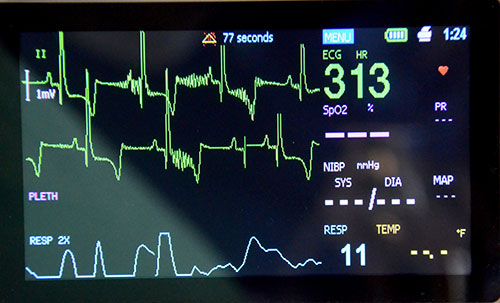The use of IONM (Intraoperative Neurophysiological Monitoring) has transformed how surgical teams approach complex procedures. We work with hospitals to implement this critical technology during operations that pose risks to the nervous system. IONM serves as a safety net, allowing surgeons to receive feedback about nerve function while they work.
IONM works by sending small electrical pulses through the body and measuring how quickly and effectively they travel along neural pathways. We place sensors at key points to track these signals during surgery. The monitoring continues throughout the entire procedure, from the first incision to the final closure. This constant vigilance helps catch potential problems before they become permanent.

The data collected during IONM sessions requires expert interpretation. Our team includes specialists trained to read these complex signals and communicate their meaning to surgeons. We watch for changes in signal strength, timing, or pattern that might indicate stress on the nervous system. Sometimes these changes require immediate action from the surgical team, while other times they simply need close observation.
Surgery monitoring through IONM applies to many different procedures. Spine surgeries benefit greatly from this technology, as do brain operations and certain ear, nose, and throat procedures. Even some orthopedic surgeries use IONM when major nerves might be at risk. We tailor our approach based on the specific surgery type and the individual patient needs.
The technology behind IONM has roots going back several decades, but recent advances have made it more precise and useful. Modern equipment allows us to monitor multiple neural pathways simultaneously, providing a more complete picture of the nervous system during surgery. This comprehensive monitoring reduces the chance that a problem will go unnoticed.
Many patients report peace of mind knowing that IONM was part of their surgical care. Despite being under anesthesia, their nervous system had a voice in the operating room through our monitoring service. The medical records from these surgeries include detailed reports from our team, documenting the stability of neural function throughout the procedure.
